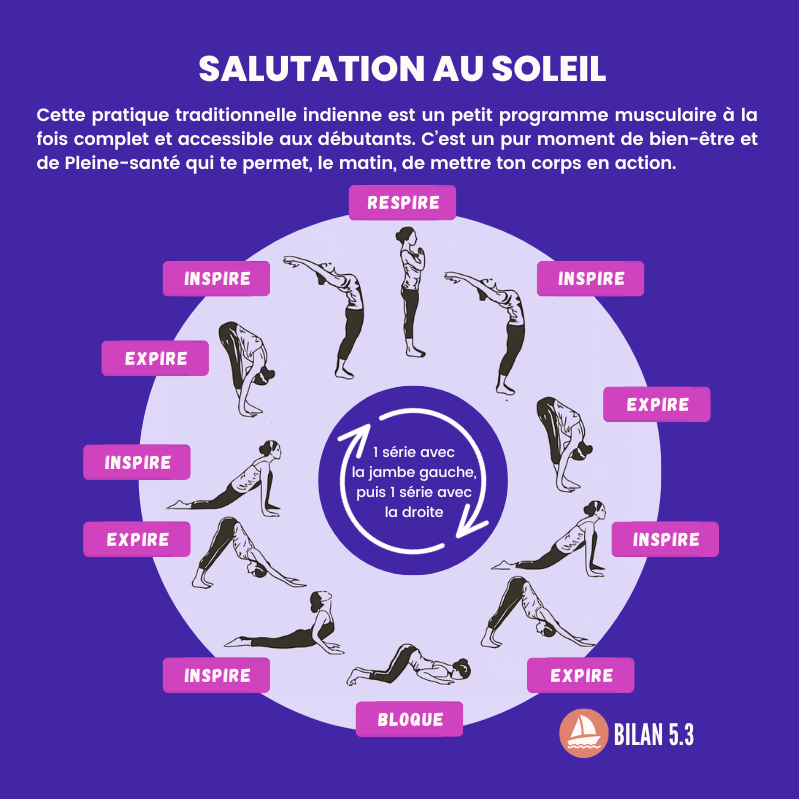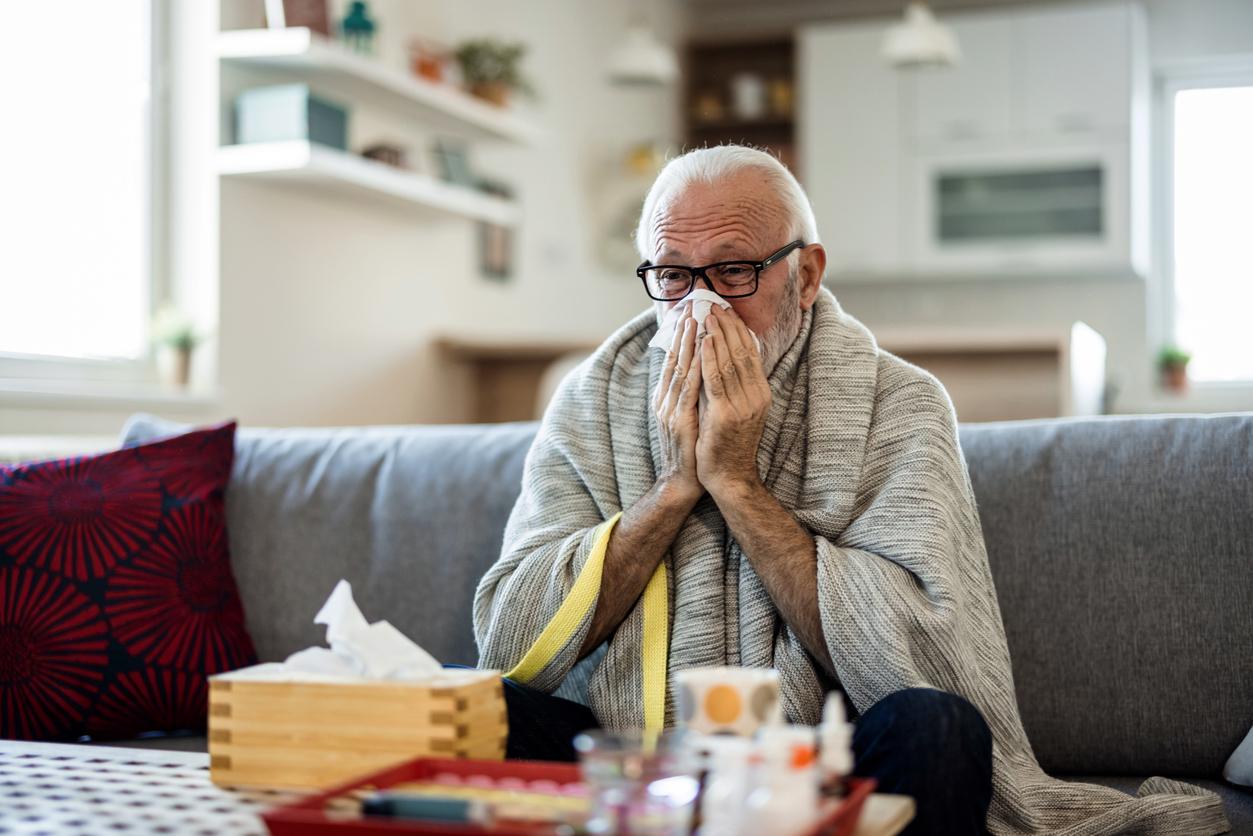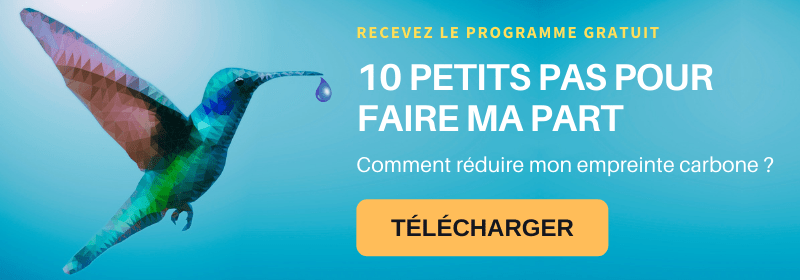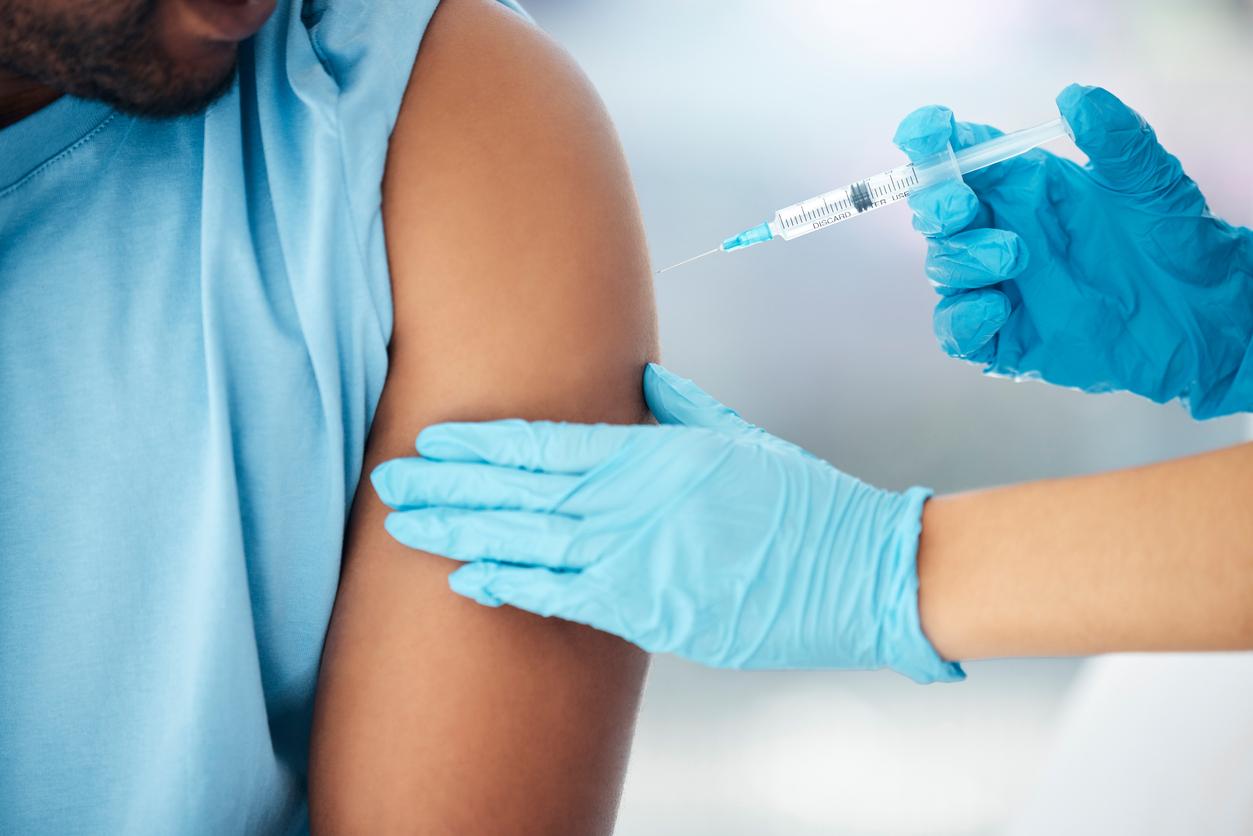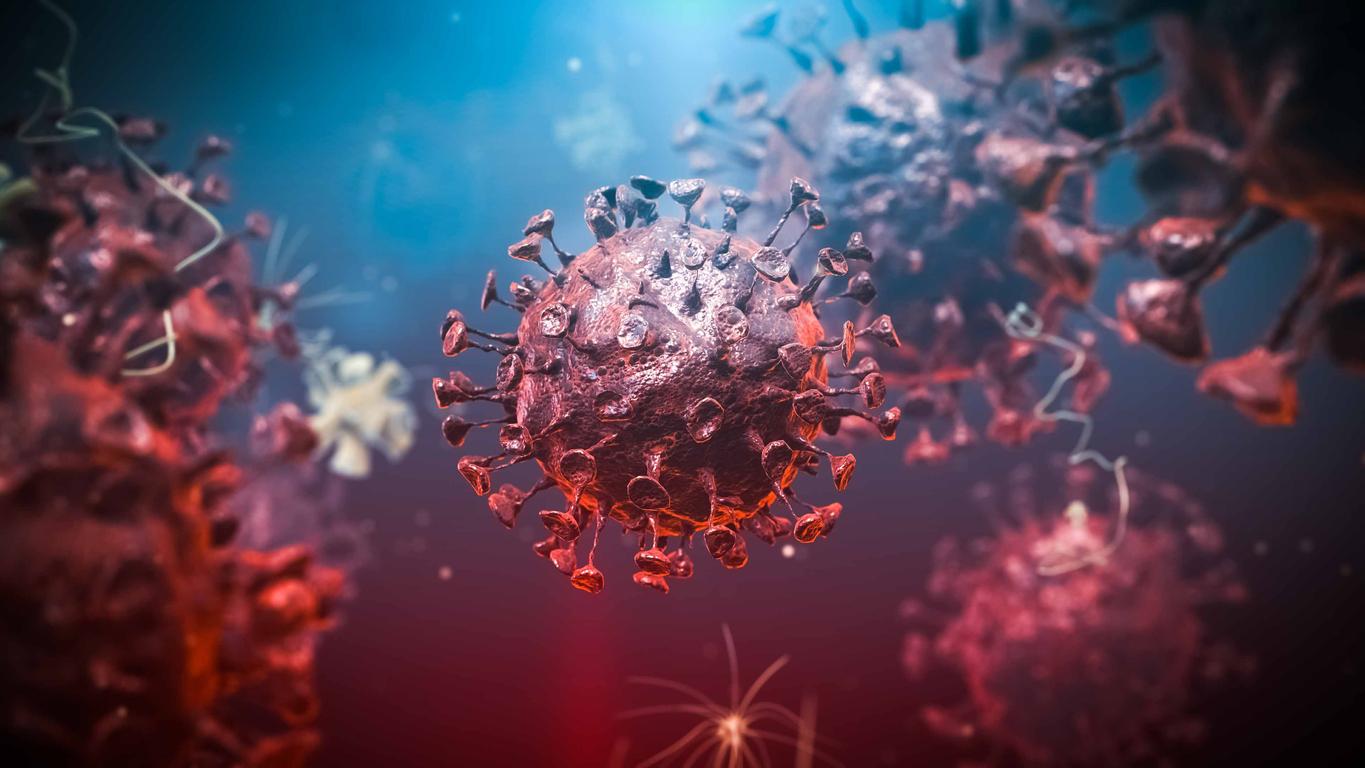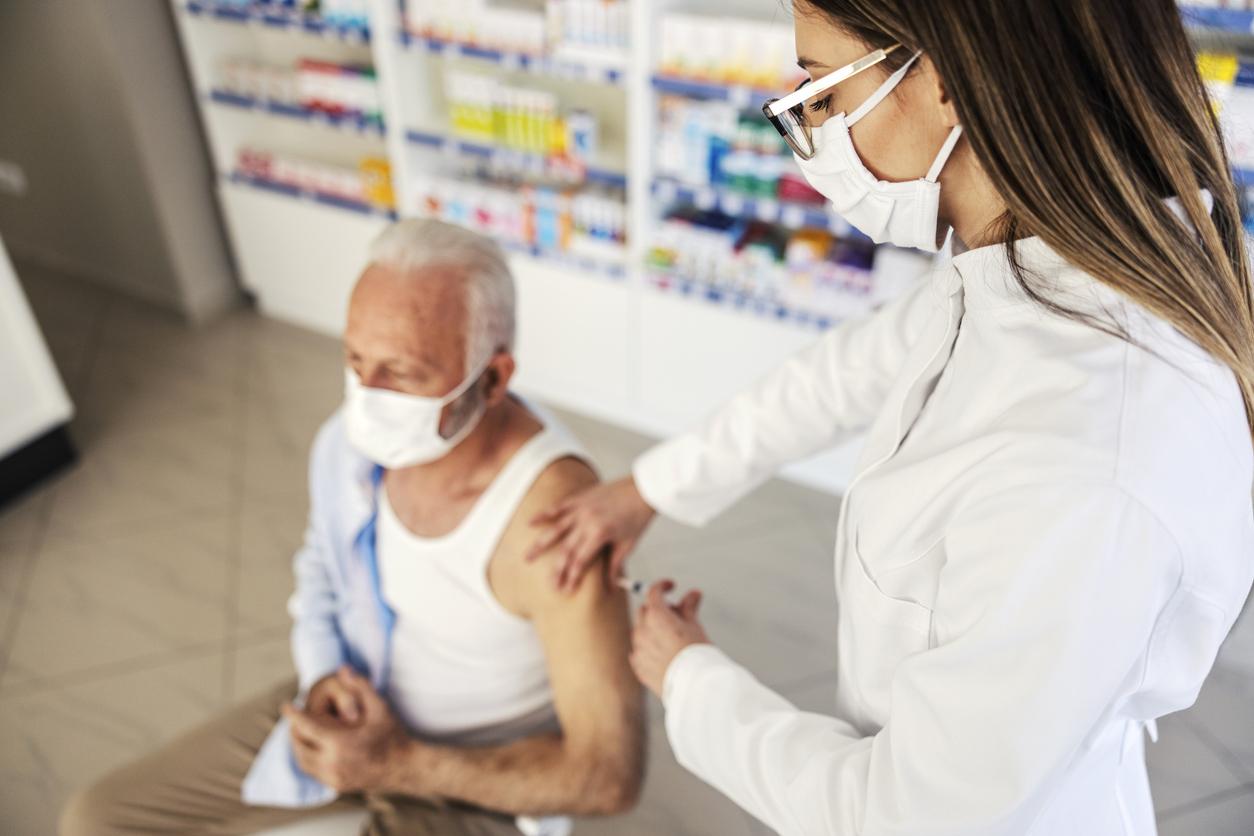Sunlight, heat and humidity may well weaken the new coronavirus, according to a new US government study presented in Washington (USA) on Thursday April 23.

- US government study claims heat and UV could weaken coronavirus
- “I think it’s a very good thing,” commented Donald Trump
- The French health authorities consider it “possible” that certain climatological aspects could play a role
Since the start of the coronavirus epidemic, the whole world has been hoping that the arrival of summer can weaken the virus. Good news: it could well happen, according to new work from the US government presented Thursday, April 23 at the White House.
“We have identified some of the weak links in the virus transmission chain. We have identified heat and humidity as weak elements in this chain. We have identified sunlight, UV rays as a weakness in this channelsaid Bill Bryana science and technology expert with the Department of Homeland Security as he presented the preliminary results of this study. Our most striking observation to date is the powerful effect sunlight appears to have in killing the virus, both on surfaces and in the air. We saw a similar effect from both temperatures and humidity. Rising temperatures or humidity, or both, are generally less favorable to the virus”.
To support his statements, Bryan presented figures. According to the latter, a half-life of the virus, i.e. the time necessary to reduce its potency by half, lasts 18 hours with a temperature between 21 and 24 degrees Celsius and with 20% humidity on a non-porous surface (a door handle, for example). On the other hand, this half-life would be reduced to 6 hours when the humidity rate rises to 80% and to only a few minutes when sunlight is added to it.
Continue to exercise caution despite everything
When the virus is suspended in the air, the half-life lasts one hour with a temperature of 21 to 24 degrees Celsius and 20% humidity. Under the same conditions but with more sunlight, it drops to one and a half minutes.
Thus, the arrival of summer could create “an environment in which transmission can be reduced”. However, the pathogen will not be completely defeated. Also, these results in no way justify a slackness on the part of the populations and an abandonment of barrier measures (social distancing of at least one meter, washing your hands before and after each outing, coughing and sneezing into your elbow, using a single-use handkerchief, etc.), recalls Bryan.
For US Vice President Mike Pence, these observations are “encouraging”. “If the heat is good (to weaken the virus), if the sunlight is good, I think that’s a very good thing”commented Donald Trump.
“There are still a lot of unknowns”
However, even if the number of infections with the new coronavirus slowed during the summer, the infection rate would probably increase again during the fall and winter, as is the case with seasonal viruses such as influenza. , alert the health authorities. Indeed, the four endemic coronaviruses currently known to humans are responsible for 10-15% of common winter infections. In temperate climates, they peak between December and April and are barely detectable in summer.
“It is possible that this virus (SARS-CoV-2) either partly sensitive to certain climatological aspects which could play a role, had already declared Professor Jean-François Delfraissy, president of the Covid-19 scientific council, on the LCP television channel on April 15, but “there is still a lot of unknown.”
It has been noted in particular that the new coronavirus has fewer victims in certain countries of the southern hemisphere where it is still hot. In Australia, nearly 6,600 cases have been identified for only 78 deaths, while in Singapore, the toll as of April 7 was 1,381 people infected and six deaths since the start of the crisis. However, according to health authorities, the shock wave of the epidemic could continue to be felt until 2021.

.
.







